
Le rorqual bleu (Balaenoptera musculus brevicauda) sousespèces de baleine bleue, Mirissa, Sri
The blue whale ( Balaenoptera musculus) is a marine mammal and a baleen whale. Reaching a maximum confirmed length of 29.9 meters (98 ft) and weighing up to 199 tonnes (196 long tons; 219 short tons), it is the largest animal known ever to have existed.

Pygmy blue whale (Balaenoptera musculus brevicauda) subspecies of blue whale, Mirissa, Sri Lanka
Subspecies: Balaenoptera musculus brevicauda Subspecies: Balaenoptera musculus indica Subspecies: Balaenoptera musculus intermedia Subspecies: Balaenoptera musculus musculus Synonyms (since 1950) Sibbaldius sulfureus Balaena musculus Taxonomic data is courtesy of the Integrated Taxonomic Information System (ITIS) See ITIS metadata in XML

Pygmy Blue Whale Balaenoptera musculus brevicauda Sri Lanka Tony Wu Underwater Photography
Leigh TorresLatin name: Balaenoptera musculus brevicaudaUntil recently blue whales in New Zealand were considered migrants, but research by Dr. Leigh Torres has now confirmed that a genetically distinct population of blue whales is present year-round in New Zealand waters.
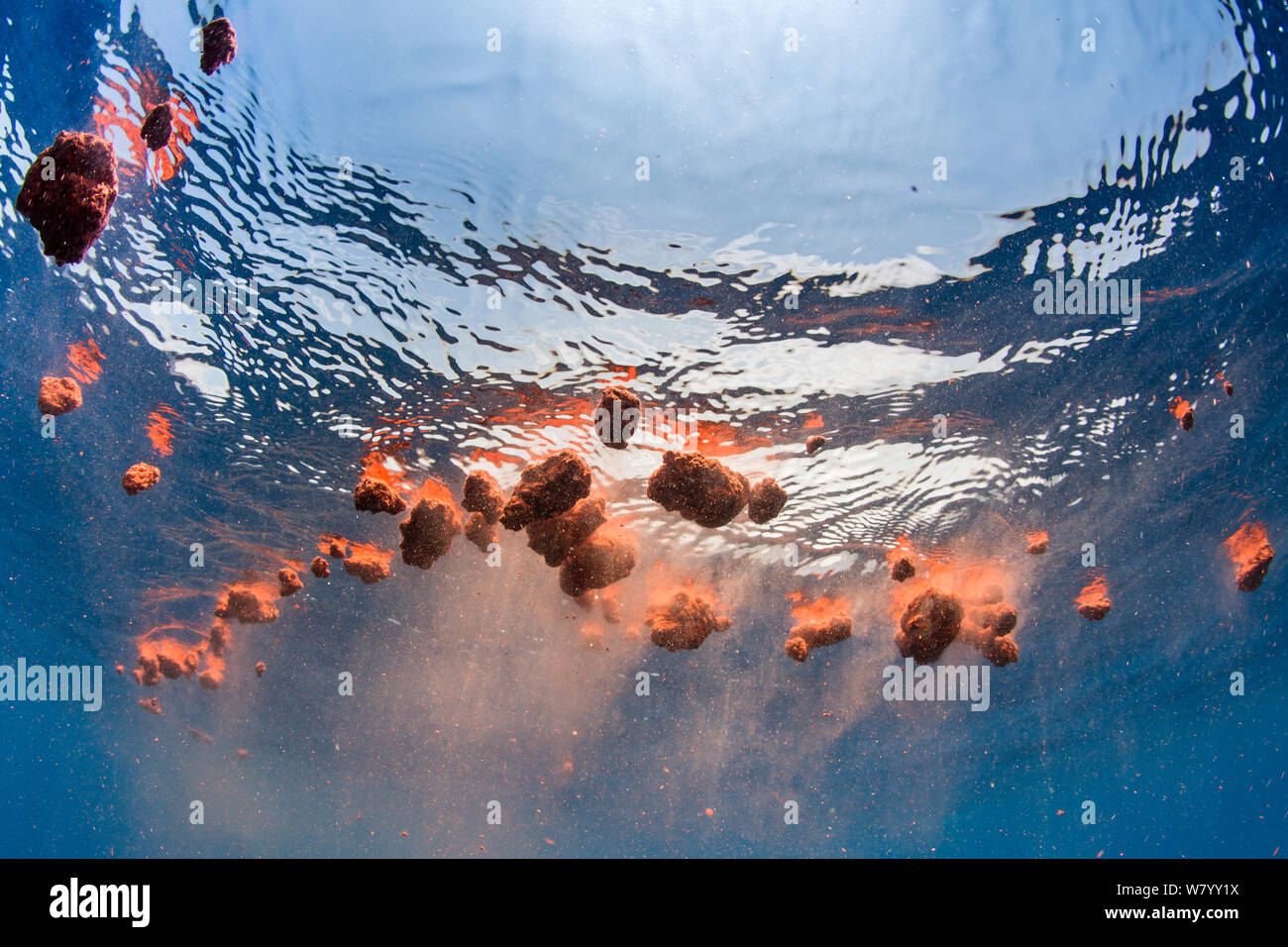
Los pigmeos de la ballena azul (Balaenoptera musculus brevicauda) heces flotando en el mar
A proposal to place the blue whale in the monotypic genus Sibbaldius (Barnes and McLeod 1984) has not been accepted by subsequent authors (e.g., Jones et al. 1986, 1992; Mead and Brownell, in Wilson and Reeder 1993, 2005).Includes brevicauda (pygmy blue whale) as a subspecies (Mead and Brownell).Sometimes the Northern and Southern hemisphere stocks are regarded as separate subspecies (musculus.
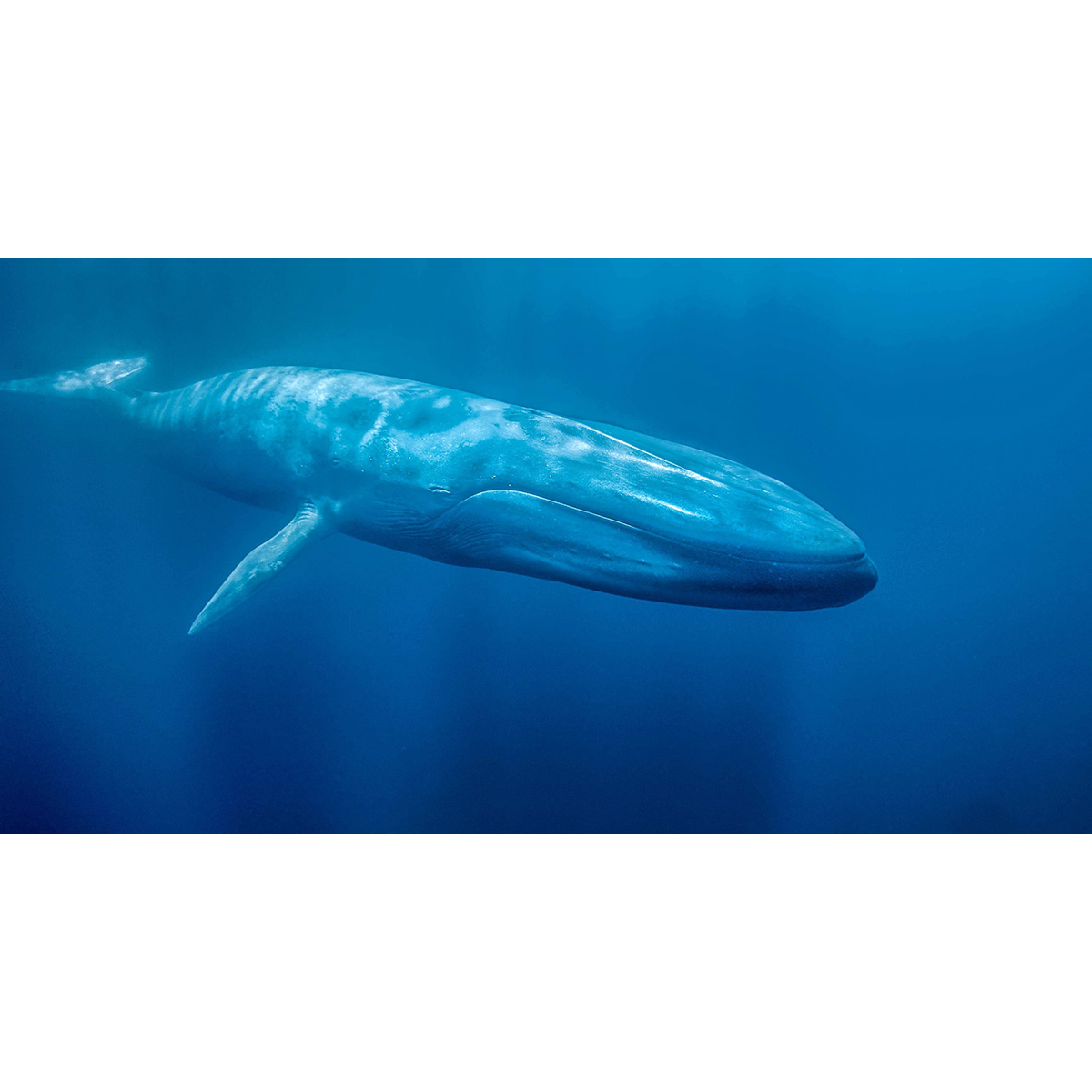
Полосатики (Balaenoptera) LifeCatalog
Three subspecies have been designated: what has been considered the largest, B. musculus intermedia, found in Antarctic waters; B. musculus musculus in the Northern Hemisphere; and B. musculus brevicauda, from the subantarctic zone of the southern Indian Ocean and south western Pacific Ocean, also colloquially known as the "pygmy" blue whale. Our knowledge of the phylogeny of the baleen.
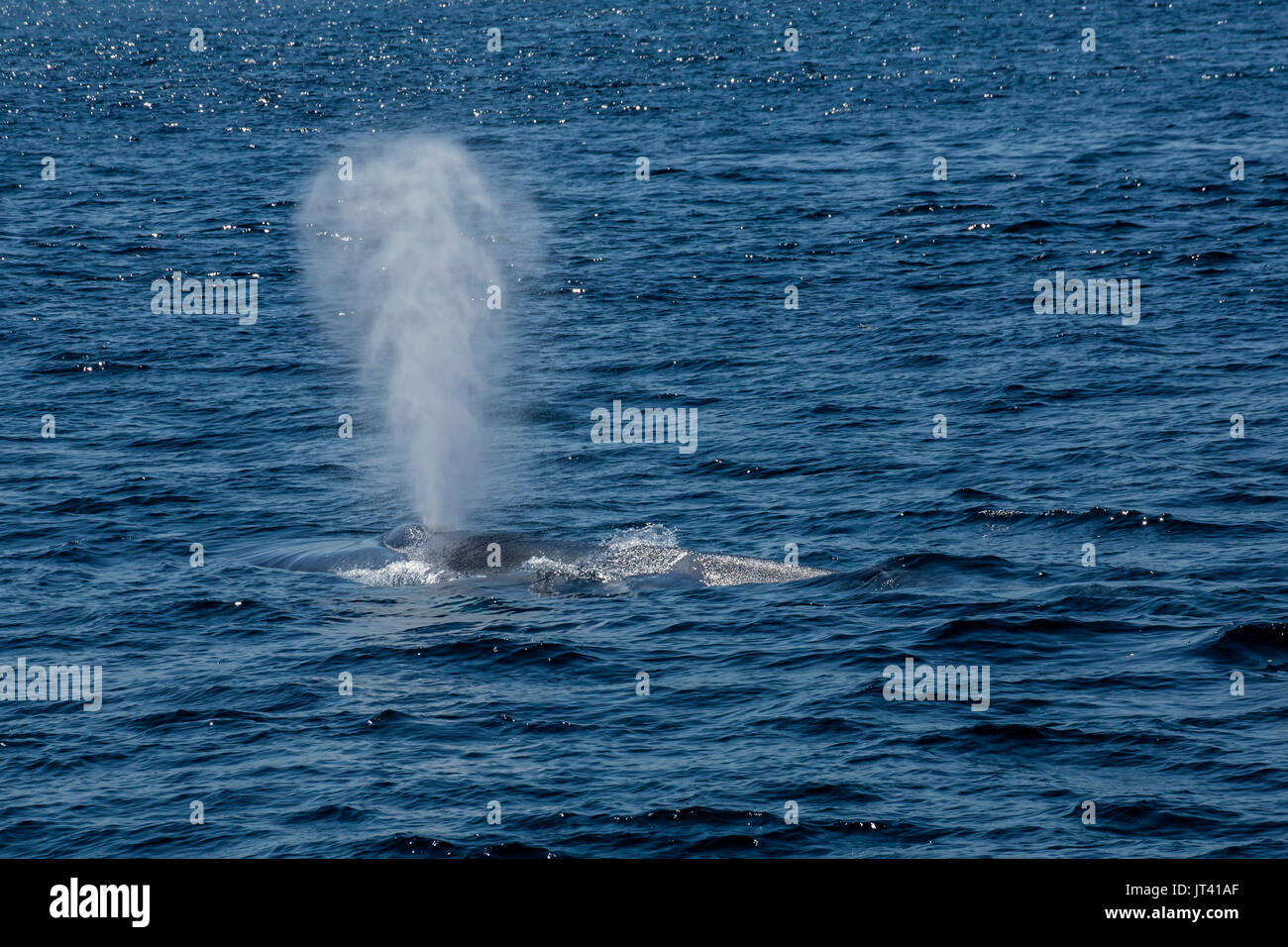
Pygmy Blue Whale (Balaenoptera musculus brevicauda) in the waters of Indonesia, coming up to the
In Australian waters during the austral summer, pygmy blue whales (Balaenoptera musculus brevicauda) occur predictably in two distinct feeding areas off western and southern Australia. As with other blue whale subspecies, outside the austral summer their distribution and movements are poorly understood. In order to describe the migratory.

Megaptera novaeangliae, Balaenoptera musculus and Balaenoptera musculus... Download Table
Blue whales ( Balaenoptera musculus) are endangered due to twentieth century whaling and currently threatened by human activities. In Australia, they feed in the Great Southern Australian Coastal Upwelling System (GSACUS) during the austral summer.

Blue Whale Fact File Blue Whale Study
The Blue whale ( Balaenoptera musculus) is a marine mammal and a baleen whale. It is the largest animal known to have ever existed. The Blue whale was once abundant in nearly all the Earth's oceans until the end of the 19th century.

Pygmy blue whale (Balaenoptera musculus brevicauda) entangled in fishing net. Mirissa, Sri Lanka
The animals of the northern Indian Ocean, from the Arabian Sea to Southeast Asia, are distinct from Southern Hemisphere blue whales in call pattern and reproductive season. They are often regarded as a separate subspecies B. m. indica, although the distinguishing characters of this form are poorly defined.
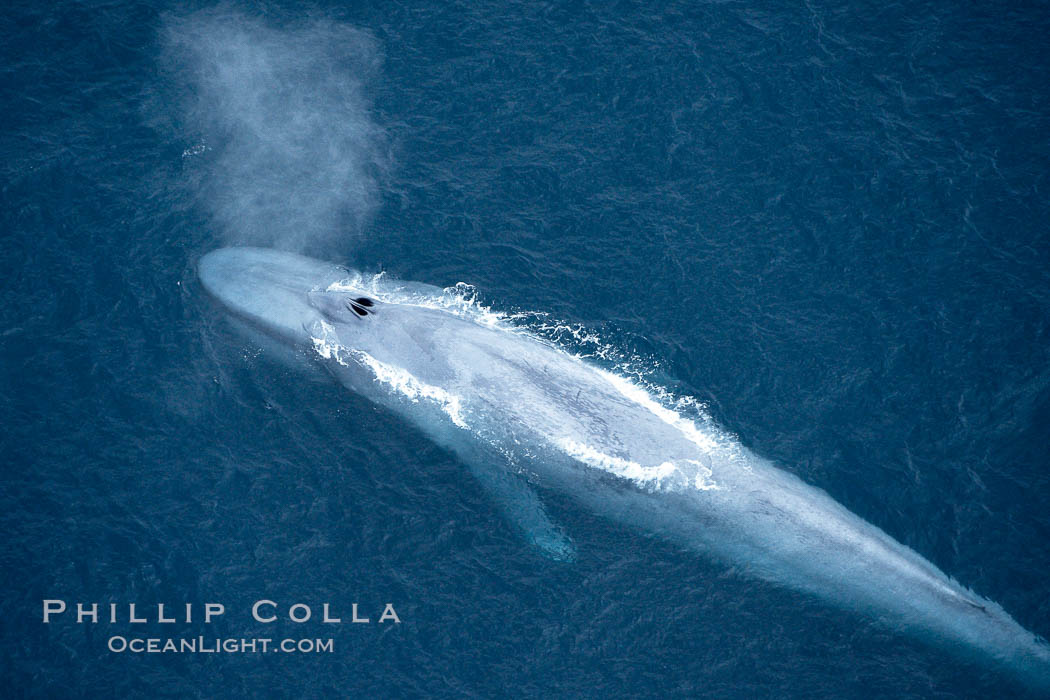
, Balaenoptera musculus photo, La Jolla, California, 21256
First satellite-tracked movements of pygmy blue whales (Balaenoptera musculus brevicauda) in New Zealand waters
Tail of Blue whale (Balaenoptera Stock Photo
The pygmy blue whale ( Balaenoptera musculus brevicauda) is a subspecies of the blue whale ( Balaenoptera musculus) found in the Indian Ocean and the Southern Pacific Ocean . Taxonomy The pygmy blue whale [2] formed from a founder group of Antarctic blue whales about 20,000 years ago, around the Last Glacial Maximum.
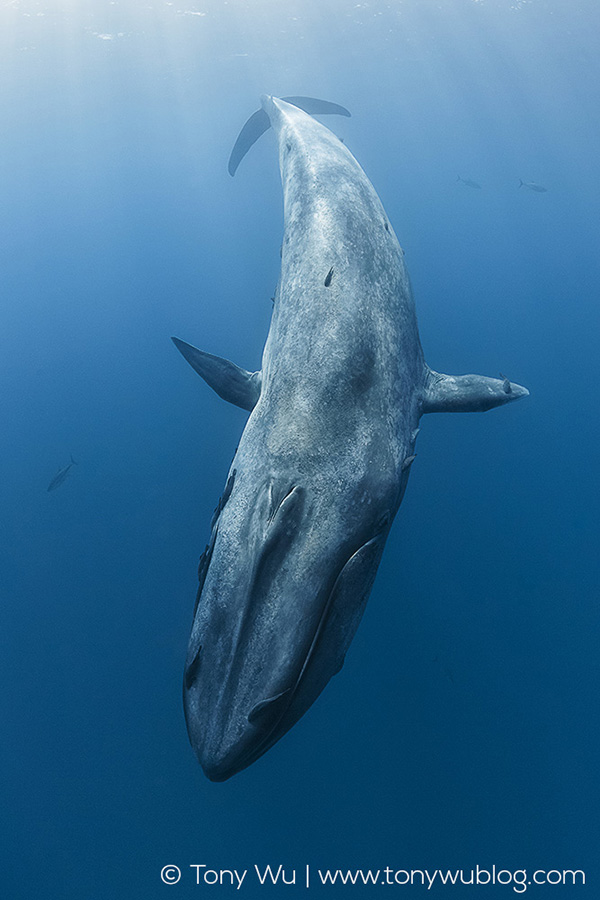
Pygmy Blue Whale (Balaenoptera musculus brevicauda)
Here, we determine whether the relatively low genetic diversity of pygmy blue whales (Balaenoptera musculus brevicauda) in Australia is due to natural causes or overexploitation. We apply recently developed analytical approaches in the largest genetic dataset ever compiled to study blue whales (297 samples collected after whaling and.
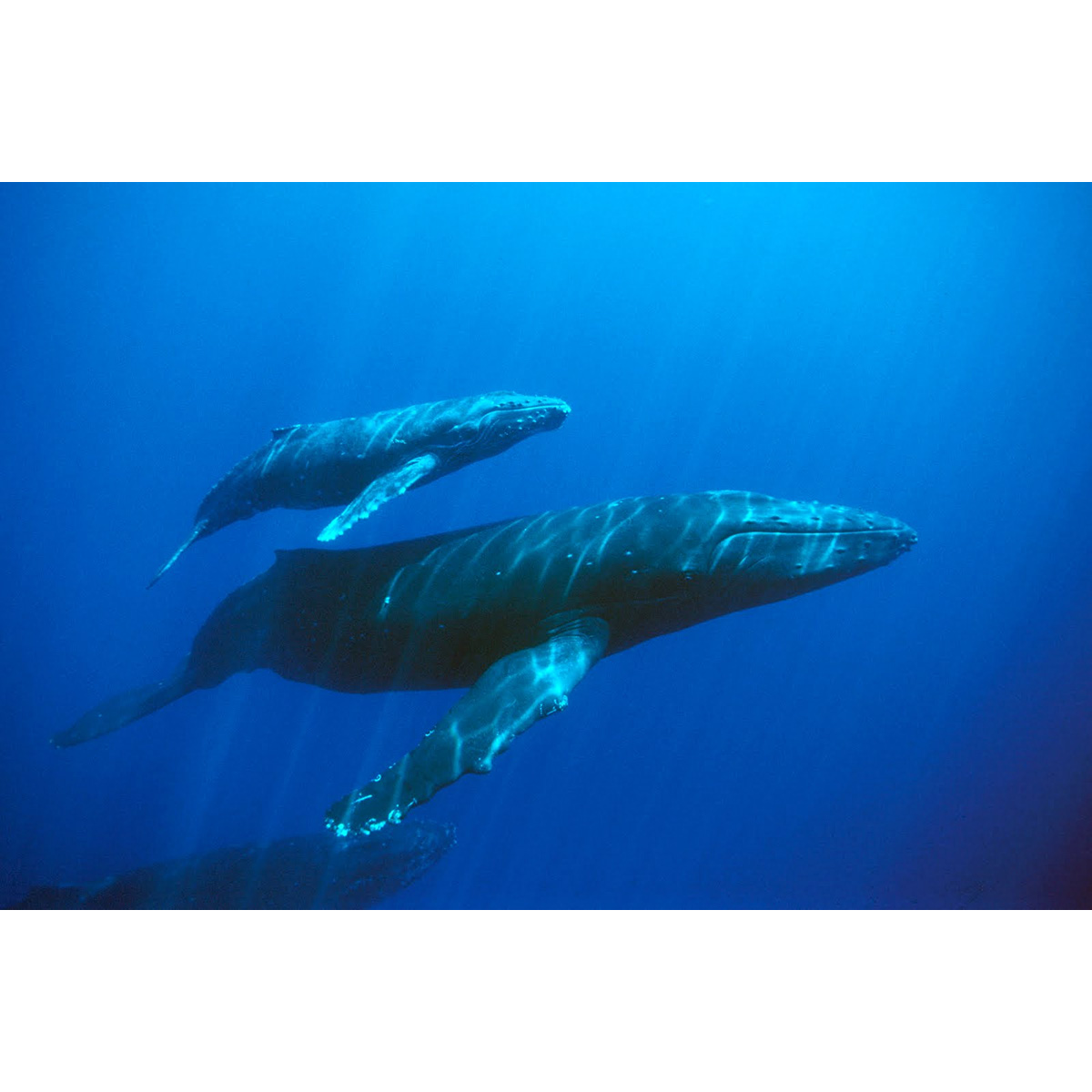
Полосатики (Balaenoptera) LifeCatalog
The pygmy blue whale ( Balaenoptera musculus brevicauda) is a subspecies of the blue whale ( Balaenoptera musculus) found in the Indian Ocean and the Southern Pacific Ocean . Contents 1 Taxonomy 2 Description 3 Range 4 Conservation status 5 Specimens 6 References 7 External links Taxonomy
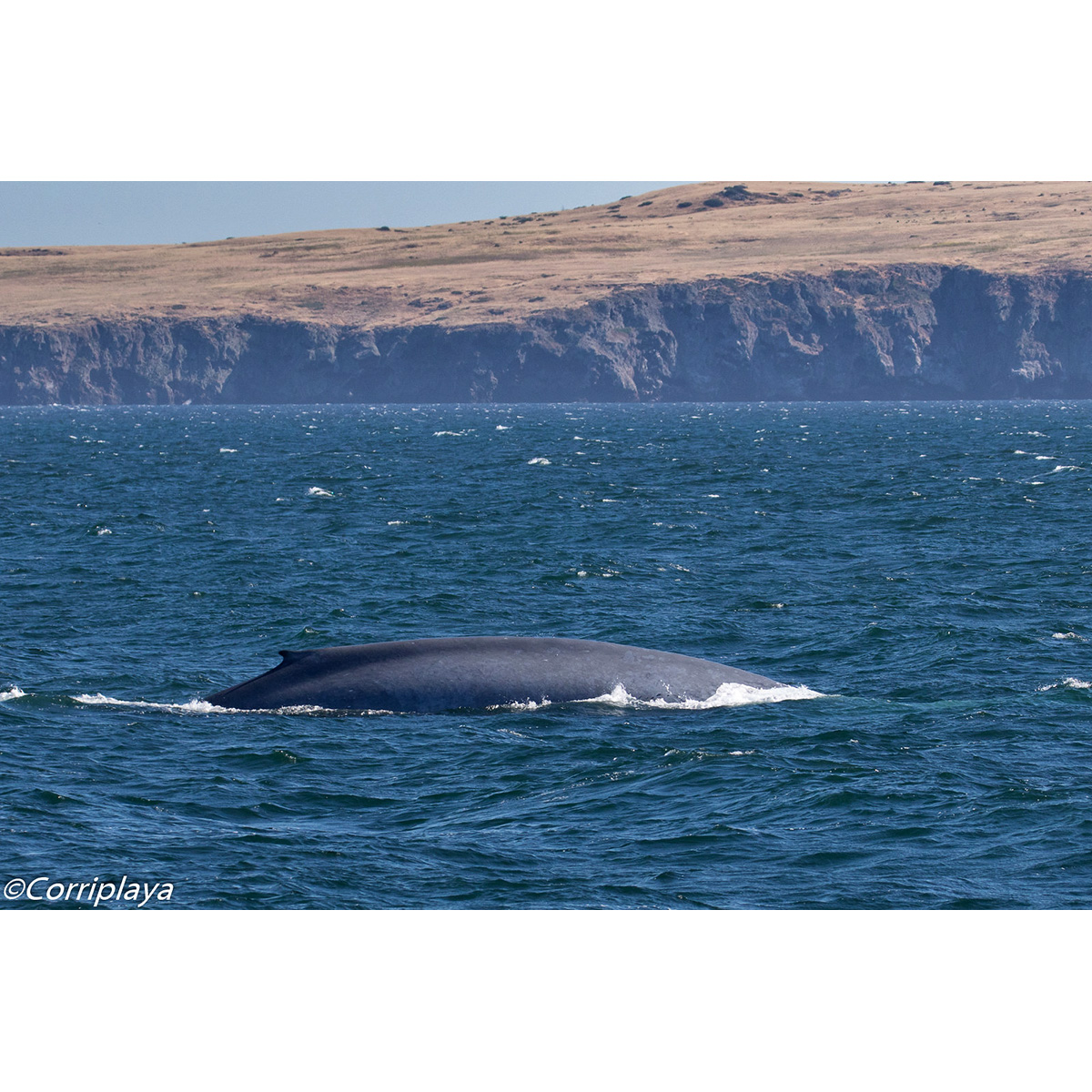
Полосатики (Balaenoptera) LifeCatalog
Criterion A - Species or Population Vulnerability. The total eastern Indian Ocean blue whale population was estimated at 662-1559 in 2010 (McCauley and Jenner, 2010). Blue whales are Red Listed by the IUCN as Endangered (EN) though the pygmy blue whale ( Balaenoptera musculus brevicauda subspecies) has not yet been evaluated.

blue whale (Balaenoptera musculus brevicauda) and... Cetacean Nation
The largest extant aquatic mammalians, the baleen whales such as the blue whale Balaenoptera musculus, achieve lengths of up to 30 m (Mizroch et al., 1984), and weights of 130 tonnes (190 tonnes.

Clip of the Week pygmy blue whale Nature Picture Library
Blue whales ( Balaenoptera musculus) are endangered due to twentieth century whaling and currently threatened by human activities. In Australia, they feed in the Great Southern Australian.